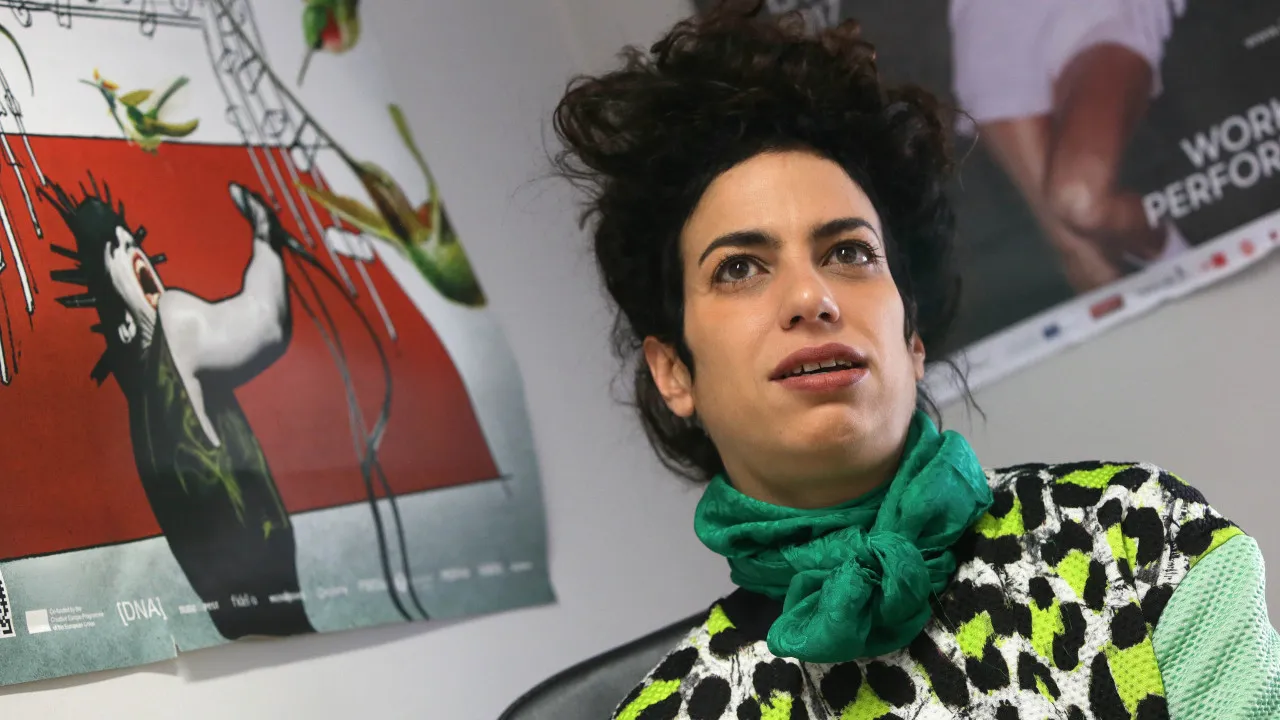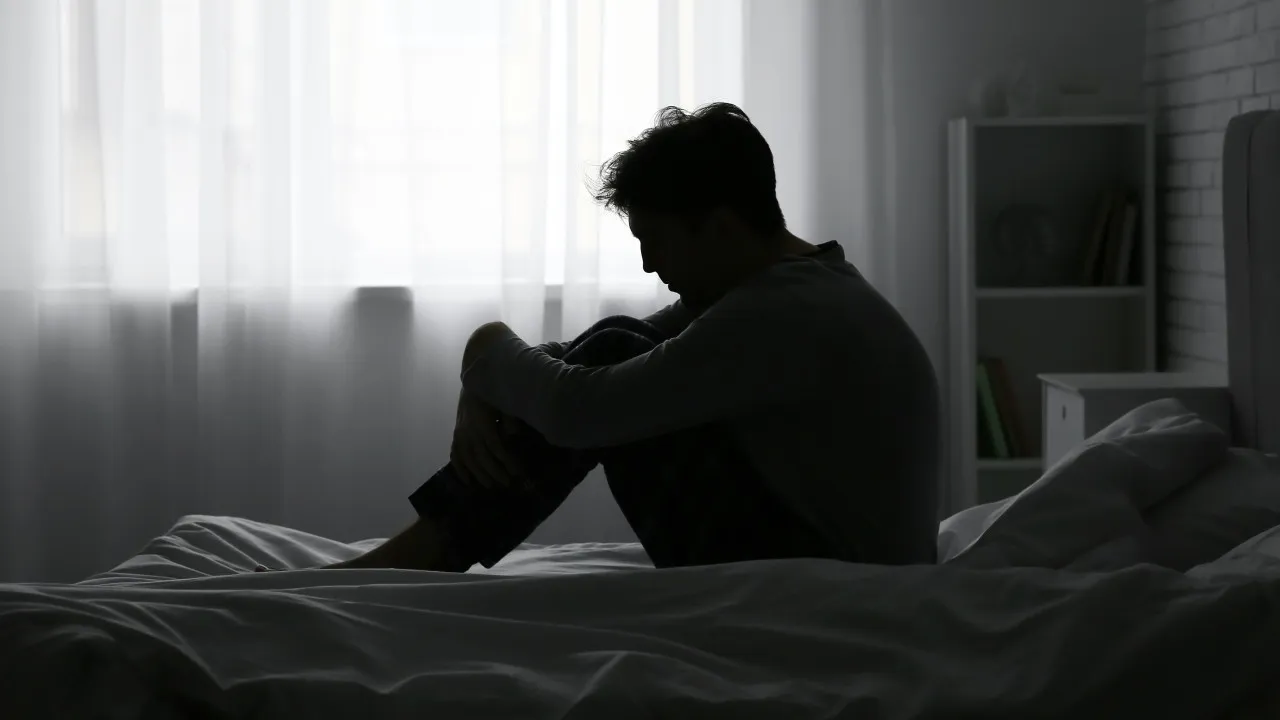For half a century, the oil canvas “Still Life” was the only work by Pablo Picasso exhibited in Portugal, and today it continues to attract the attention of visitors to the Museu do Caramulo, in the municipality of Tondela.
“When we pass by on the road, we think that Caramulo is just a forgotten village on top of the mountains, but the truth is that it has a beautiful museum, very well organized and with wonderful works to see, like this Picasso,” Brazilian Helena Sardinha, who lives in São Paulo, while contemplating the 1947 oil painting that the painter himself gave to the museum’s founder, Abel de Lacerda.
Helena Sardinha’s cicerones were her cousins Sónia and Henrique Pombo, residents of Aveiro, who, although they had already visited the museum, decided to show her the treasures they remembered in Caramulo.
“I dare say that most Portuguese people don’t even know that there are works by Picasso in Portugal, much less here, in a museum in Caramulo,” Henrique Pombo thought, stressing that “it is a museum so rich that it deserves another richness.
The oil on canvas “Still Life” by Pablo Picasso shares the wall with the watercolor on paper “Roman Knight in Iberia” (1954) by Salvador Dali, and has in front of it the tapestry “La Mare aux Étoiles” (1955) by Jean Lurçat, among many works that can be seen in the room dedicated to European art of the 20th century.
In the same room, four other works by Picasso are displayed on a display case: the ceramics “Woman with Owl” (1951), “Bird No. 82” (1963) and “Bullfighting Scene” (1949), and the polychrome faience “Woman with Bottle” (1948), the last three of which were donated to the Caramulo Museum.
In the 50s of the 20th century, in an underdeveloped Portugal, Abel de Lacerda had a dream of creating an art collection in the middle of a mountain range, in the old sanatorium of Caramulo, and he managed to convince notable people to donate works for this purpose.
“He was more interested in ancient art, he wasn’t so much interested in contemporary art, but nevertheless he recognized the importance of having this type of works in the museum, because the line he defined was to have works from all periods and in all types of media,” the director of the Museu do Caramulo, Tiago Patrício Gouveia.
According to the director, “Picasso was already someone that Abel de Lacerda thought should have a work in Caramulo” and asked his brother João to talk to the Spanish painter.
This first attempt failed, but Abel de Lacerda did not give up and went to the south of France to knock on his door.
“He managed to talk to the artist, told him what he was doing in Caramulo, and he immediately said he wanted to contribute to the project and offered him this ‘Still Life’,” recalls Tiago Patrício Gouveia, on the 50th anniversary of Pablo Picasso’s death.
The director of the Museu do Caramulo was convinced that “Abel de Lacerda’s powers of persuasion must have come to the fore, because he was a great, well-spoken gentleman.
The donation was immediately guaranteed, and there is proof of this meeting in the museum: a photograph of Abel de Lacerda next to Picasso while Picasso signed the work he was going to donate.
“Picasso already had a considerable commercial value at that time, and Abel de Lacerda saw that he had a lot of works scattered around the house, leaning against the wall, and asked him if he wasn’t afraid that someone would come in and steal them. Picasso said there was no problem because none of them were signed,” he said.
The canvas that Picasso donated is part of a darker period in his work, influenced by the bloody drama of the Spanish Civil War, World War II, and the occupation of France by Nazi Germany.
Tiago Patrício Gouveia explained that “this sum total of wars led Picasso to create these darker, more painful works.
“Still Life” expresses a metaphor of death through the “deformed and dismembered human skull in agony,” next to leeks “interpreted by the artist himself as allusions to crossbones.”
“This harmony of whites, blacks, ochres and greens is allied to the small reddish-brown, and therefore optimistic, patch of ericaceous fruit, an image of life that renews itself and begins anew,” reads the description placed next to the painting.
Due to his untimely death in an accident in 1957, Abel de Lacerda did not live to see the birth of the museum. It was his brother, João de Lacerda, who made the dream a reality in record time.
The building was built in 1959 and was the second in Portugal to be built from scratch as a museum.
After buying a Ford T that was practically scrap, João de Lacerda started the collection of antique cars that, together with the art collection, attracts thousands of visitors to Caramulo every year.








